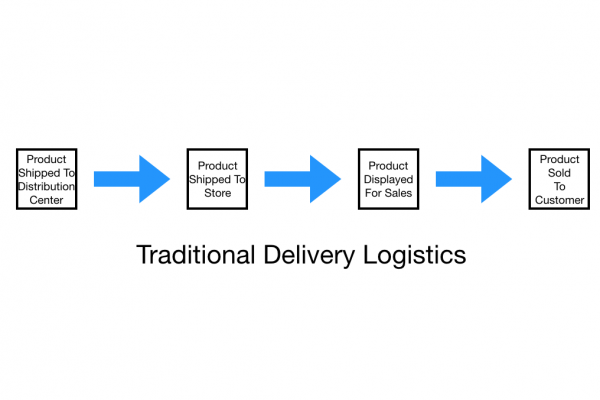Reverse logistics is a complicating and expensive step in the sales process. Understanding reverse logistics and finding ways to improve it for your company can leave a positive impression on your customer’s experience. Follow along as we break down the basics with what is reverse logistics- a complete guide:
- What is reverse logistics?
- Why is reverse logistics important?
- Traditional Logistics vs Reverse logistics
- Solutions to improve reverse logistics for you
What is reverse logistics
Reverse Logistics is the transportation of goods from the customer back to the seller or manufacturer after the sale. The value of a product goes down as soon as it enters reverse logistics. Returning an unsatisfactory item to the customer is costly and time consuming for any company. The speed of the item returning to the manufacturer or distribution center varies from company to company.
Traditional Logistics vs. Reverse Logistics
Each retail company designs and optimizes their sales system so products end up in customer’s hands at the most efficient cost. It may seem a little elementary, but no company designs around the process of customers returning goods. The goal is always to get it right the first time. For instance, a mattress company focuses on how to get mattresses of the sales floor, and that’s smart! But it would be a little irresponsible to first focus on the process of collecting mattresses customers want to return. This is why most retailers have a rock solid traditional logistics flow in place.

The hardest part of reverse logistics is it’s very difficult to predict. It’s safe to say there will be returns, but predicting where they will come from is almost impossible to pin down. The retailer does not initiate the reverse logistics flow, they must react and respond to the consumers needs. Collecting an item is costly and time consuming, but necessary to ensure the customer’s experience remains positive. After the collection is complete, the retailer must decide if repairs are worth it, or if it’s more cost effective to dispose of.

Why is reverse logistics important?
With ecommerce growing rapidly, it’s important that reverse logistic solutions are in place and run as efficiently as possible. In 2016, this study found that 8.89% of goods bought in stores are returned, and 30% of goods online are returned. That totals to $260 billion spent on reverse logistics. The high cost is due to an imperfect system in place for nearly all retailers. Companies are searching for ways to improve and streamline the returns process without inconveniencing their customers. There is plenty of room for improvement and innovation left to do in the field of reverse logistics.
Solutions for you
There are a few ways to improve your reverse logistics plan for your customers and save money in the process:
- Survey customers on your return policy and revise common issues
- Research all logistics and transportation options in your area
- Use 3rd party delivery vendors who can help streamline the returns process.
Bungii is a great resource that’s helping large item delivery retailers with their b2b, b2c, and reverse logistics processes. With same day delivery options, top rated customer support, Bungii is a perfect fit for any retailer. Visit our business page to find out more on how Bungii can help.


